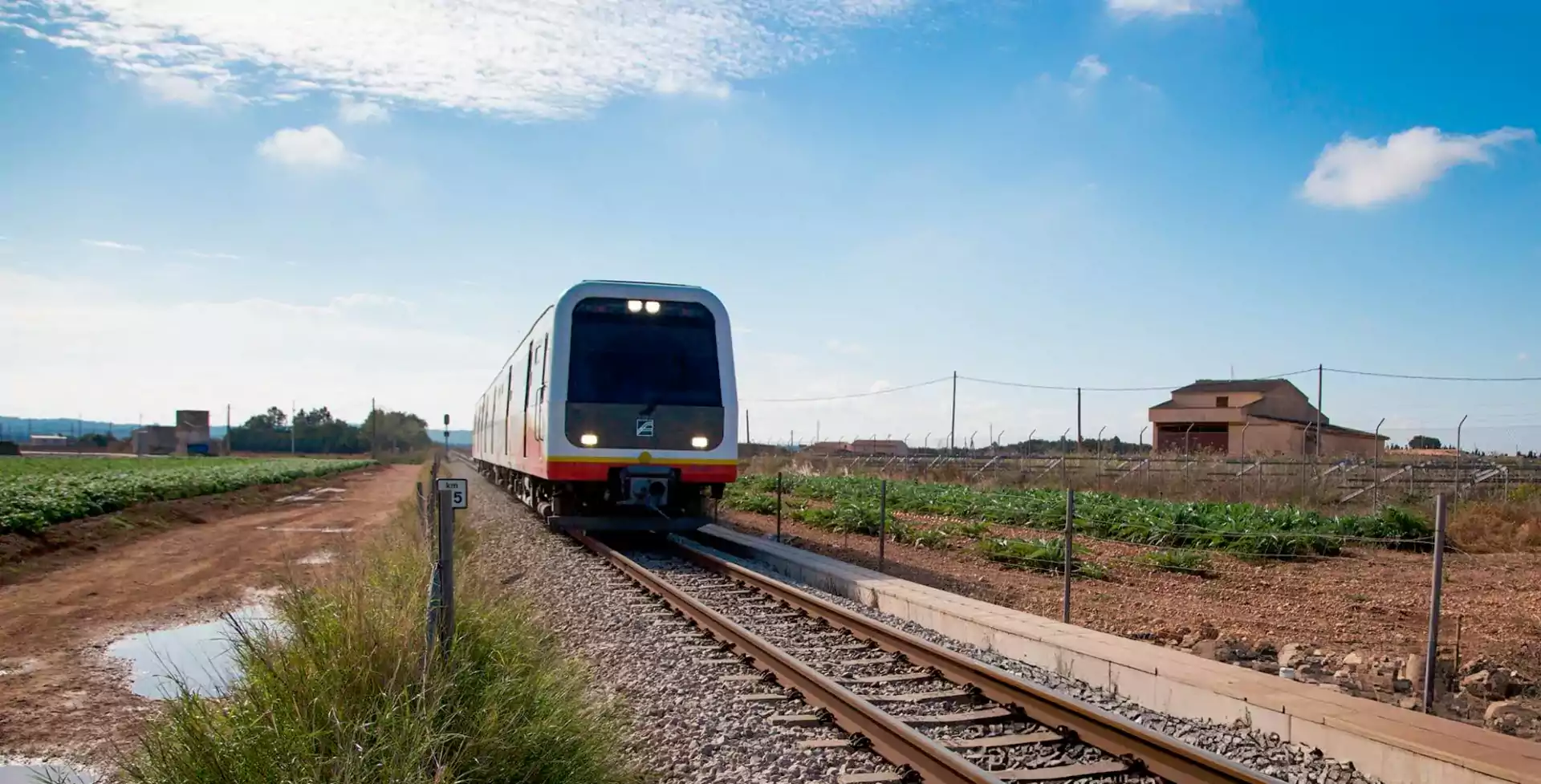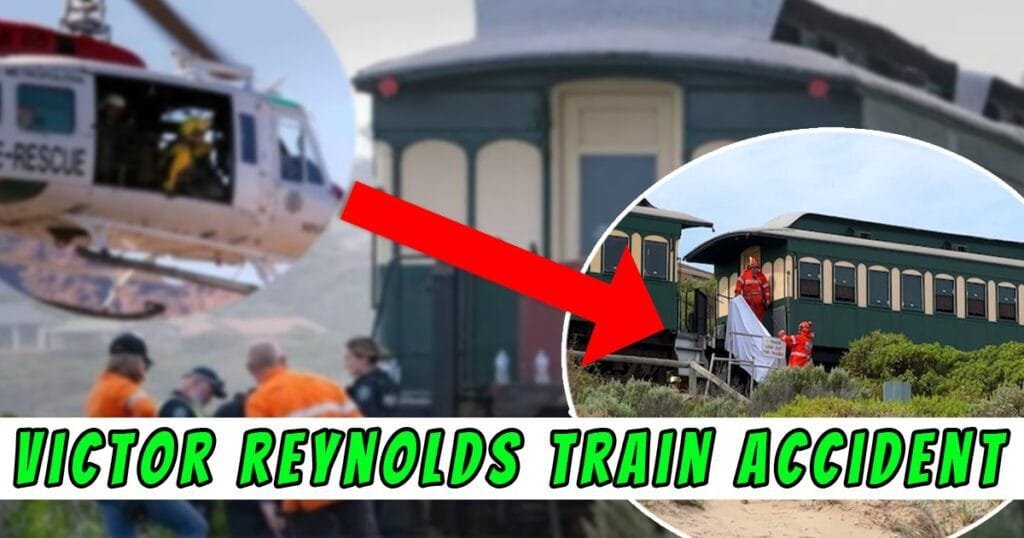The Victor Reynolds train accident has captured widespread attention, not just as a tragic incident but as a critical case study in transportation safety. This event serves as a stark reminder of the importance of safety protocols and emergency response systems in the rail industry. The accident has prompted extensive investigations and discussions about how to prevent similar incidents in the future.
The Victor Reynolds train accident occurred under circumstances that have left many questioning the reliability of current rail safety standards. The incident has been meticulously documented and analyzed to understand its causes and consequences. This article delves into the details of the accident, offering a comprehensive look at what happened and why.
Our goal is to provide a thorough analysis that not only recounts the events but also explores potential solutions to enhance rail safety. Through this detailed account, we aim to educate readers and contribute to the broader conversation about improving transportation infrastructure.
Read also:Unveiling The Truth Behind Buscar Kid And His Mom Cctv A Comprehensive Analysis
Table of Contents
- Victor Reynolds: A Brief Biography
- Overview of the Train Accident
- Detailed Timeline of Events
- Causes of the Accident
- Consequences and Impact
- Investigation and Findings
- Safety Measures and Recommendations
- Public Response and Reaction
- Legal Implications and Proceedings
- Preventing Future Accidents
Victor Reynolds: A Brief Biography
Victor Reynolds, a prominent figure in the transportation industry, was known for his dedication to safety and innovation. Below is a summary of his personal and professional life:
| Full Name | Victor Reynolds |
|---|---|
| Date of Birth | January 15, 1978 |
| Place of Birth | Chicago, Illinois |
| Profession | Transportation Safety Specialist |
| Education | Master's Degree in Transportation Engineering |
| Affiliations | National Transportation Safety Board (NTSB) |
Victor Reynolds was not just an employee of the rail industry but a passionate advocate for passenger safety. His contributions to the field were recognized by peers and industry leaders alike.
Overview of the Train Accident
The Victor Reynolds train accident took place on a fateful day, drawing national attention to the vulnerabilities within the rail transportation system. The accident occurred on a high-speed passenger train traveling between major cities, resulting in significant casualties and property damage.
Key Facts About the Accident
- Date: March 12, 2023
- Location: Near Springfield, Illinois
- Train Model: Amtrak Acela Express
- Passenger Count: Approximately 250
Initial reports indicated that the train derailed due to excessive speed on a sharp curve, leading to a catastrophic collision with a freight train on an adjacent track. This section provides a general overview of the incident, setting the stage for a more in-depth analysis.
Detailed Timeline of Events
A detailed timeline of the Victor Reynolds train accident is essential for understanding the sequence of events leading up to the disaster. Below is a chronological breakdown:
Key Moments in the Timeline
- 14:00 - Train departs from Chicago Union Station
- 15:30 - Train enters high-speed zone near Springfield
- 15:45 - Train exceeds safe speed limit on a curve
- 15:50 - Derailment occurs, followed by collision with freight train
This timeline highlights critical moments that contributed to the accident, providing a foundation for further investigation into its causes.
Read also:Cory Weissman Wife Jessica The Inspiring Story Of Love Success And Family
Causes of the Accident
Investigations into the Victor Reynolds train accident revealed several contributing factors, including human error and technical failures. Below are the primary causes identified:
Primary Causes
- Excessive Speed: The train was traveling significantly faster than the recommended speed for the curve.
- Failure of Automatic Braking System: The Positive Train Control (PTC) system did not activate as expected.
- Human Error: The train operator failed to reduce speed despite warnings from the onboard system.
These factors combined to create a perfect storm of circumstances that led to the tragic outcome. Understanding these causes is vital for preventing similar incidents in the future.
Consequences and Impact
The Victor Reynolds train accident had far-reaching consequences, affecting passengers, rail companies, and the broader transportation industry. Below are some of the key impacts:
Immediate Consequences
- Loss of Life: Several passengers lost their lives in the accident.
- Injuries: Numerous passengers sustained severe injuries, requiring extensive medical treatment.
- Economic Loss: The rail company faced significant financial losses due to litigation and operational disruptions.
The accident also highlighted the need for improved safety protocols and emergency response systems, prompting widespread reforms in the industry.
Investigation and Findings
The investigation into the Victor Reynolds train accident involved multiple agencies, including the National Transportation Safety Board (NTSB). Below are some of the key findings:
Key Findings
- PTC System Malfunction: The investigation revealed that the Positive Train Control system had not been properly calibrated.
- Operator Fatigue: The train operator had been working long hours, potentially impairing judgment.
- Infrastructure Deficiencies: The track in question had not been adequately maintained, contributing to the severity of the derailment.
These findings underscore the importance of regular maintenance and rigorous safety checks in preventing accidents.
Safety Measures and Recommendations
In response to the Victor Reynolds train accident, several safety measures and recommendations have been proposed. Below are some of the most significant:
Recommended Safety Measures
- Enhanced PTC Systems: Upgrading and regularly testing Positive Train Control systems to ensure reliability.
- Operator Training: Providing comprehensive training programs to address fatigue and improve response times.
- Track Maintenance: Increasing the frequency of inspections and maintenance schedules for critical infrastructure.
Implementing these measures could significantly reduce the risk of future accidents and improve overall safety in the rail industry.
Public Response and Reaction
The Victor Reynolds train accident sparked a strong public response, with many calling for greater accountability and transparency in the rail industry. Below are some of the key reactions:
Public Reactions
- Increased Awareness: The accident raised public awareness about rail safety issues and the importance of safety protocols.
- Advocacy for Change: Many organizations and individuals advocated for stricter regulations and better enforcement.
- Media Coverage: Extensive media coverage brought attention to the need for systemic changes in the industry.
The public's reaction highlights the critical role that awareness and advocacy play in driving meaningful change.
Legal Implications and Proceedings
The Victor Reynolds train accident led to numerous legal proceedings, involving lawsuits and regulatory actions. Below are some of the key legal developments:
Legal Developments
- Lawsuits: Families of victims filed lawsuits against the rail company, seeking compensation for damages.
- Regulatory Actions: The Federal Railroad Administration (FRA) imposed fines and mandated safety improvements.
- Policy Changes: New regulations were introduced to enhance safety standards across the industry.
These legal actions have had a lasting impact on the rail industry, prompting widespread reforms and improvements.
Preventing Future Accidents
Preventing future accidents requires a multifaceted approach that addresses both human and technical factors. Below are some strategies for improving rail safety:
Strategies for Prevention
- Technology Integration: Investing in advanced technologies to enhance safety and reliability.
- Employee Well-being: Prioritizing the health and well-being of rail employees to reduce human error.
- Community Engagement: Encouraging collaboration between rail companies and local communities to promote safety awareness.
By adopting these strategies, the rail industry can work towards a safer and more reliable transportation system for all.
Conclusion
The Victor Reynolds train accident serves as a poignant reminder of the importance of safety in the transportation industry. Through a detailed account and analysis of the incident, we have explored its causes, consequences, and implications. This tragedy has prompted significant changes in safety protocols and regulatory standards, highlighting the need for continuous improvement.
We encourage readers to engage in the conversation about rail safety by sharing this article and contributing to discussions on how to prevent future accidents. Together, we can work towards a safer and more secure transportation system for everyone.


